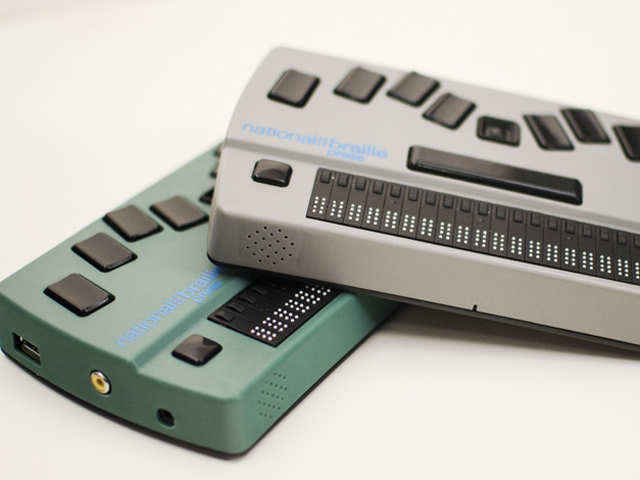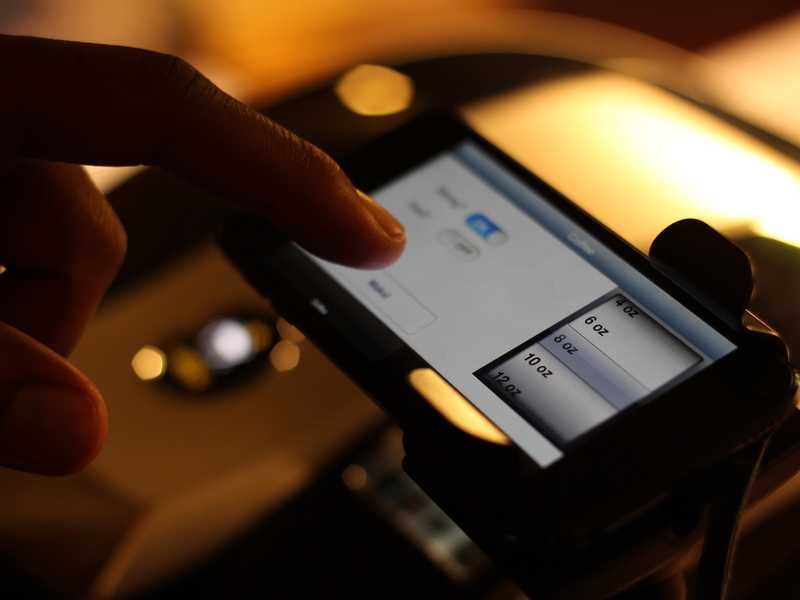Empowering Self-reliance With Assistive Technology for the Blind
The assimilation of assistive technology into the lives of people with visual impairments stands for a significant development in advertising self-reliance and self-sufficiency. From cutting-edge display viewers to advanced clever canes, these devices not only enhance daily navigating and communication but additionally equip individuals to engage meaningfully in different aspects of life. As we check out the myriad benefits and real-world applications of these technologies, it ends up being critical to analyze the underlying variables that contribute to their effectiveness and the capacity for future developments in this essential area.
Introduction of Assistive Technology

The development of assistive technology is grounded in concepts of inclusivity and empowerment. Developments in software application, equipment, and sensory improvements offer customers with alternatives tailored to their particular demands. From display viewers that transform message to speech, to tactile devices that communicate information with touch, these tools transform the means individuals engage with their surroundings.
Along with functional applications, assistive technology cultivates higher social addition and involvement in different sectors, consisting of education and work (AI-powered visual aids). As r & d remain to advance, the possibility for assistive technology to even more boost the lives of aesthetically damaged individuals remains encouraging, leading the way for an extra fair society where everyone can flourish
Kinds Of Assistive Gadgets
A variety of assistive gadgets have emerged to support people with aesthetic disabilities, each designed to meet particular needs and boost everyday functioning. These devices vary from low-tech services to modern technologies, giving varied choices for individuals.
Low-tech tools consist of magnifiers and large-print materials that help in analysis and writing. Braille tools, such as Braille slates and styluses, enable responsive reading and communication. Alignment and flexibility aids, like white walking canes, help customers navigate their setting safely.
On the greater end of the range, digital magnification systems and display readers offer substantial assistance. Electronic magnifiers allow customers to increase the size of message and photos on screens, while display viewers transform digital content into manufactured speech, assisting in access to details on smartphones and computers.
Mobile phone applications additionally play a vital duty, offering functions like message acknowledgment and navigating support. Wearable technology, such as wise glasses geared up with augmented reality, is becoming an encouraging device to enhance situational awareness.
Benefits of Assistive Modern Technology
The integration of assistive modern technology dramatically boosts the lifestyle for individuals with aesthetic problems. These modern technologies equip individuals by advertising freedom, allowing them to navigate their environments better and do everyday jobs with better simplicity. For circumstances, display visitors and zoom software application enable individuals to accessibility electronic information, cultivating academic and expert possibilities that might have formerly been out of reach.
Moreover, assistive tools such as wise walking canes and general practitioners applications give real-time navigating aid, boosting wheelchair and security. This raised freedom not only enhances self-confidence but likewise encourages social involvement, allowing individuals to get involved more totally in their areas.
Assistive innovation additionally assists in communication, aiding users link with others with voice acknowledgment and text-to-speech applications. This capability is crucial for maintaining connections and accessing important information.
Furthermore, the customization choices readily available with many assistive innovations ensure that customers can tailor tools to their specific needs, further improving usability and effectiveness. Overall, the benefits of assistive modern technology for individuals with aesthetic disabilities are extensive, advertising a more comprehensive society where everybody can seek their click reference objectives and desires.
Case Research Studies and Success Stories
Highlighting the transformative influence of assistive modern technology, numerous study illustrate just how individuals with aesthetic disabilities have effectively incorporated these tools into their lives. One engaging example includes a college trainee who utilized screen reading software program to browse scholastic materials and on-line resources properly. This innovation not just promoted her education and learning however likewise enhanced her confidence in participating in discussions and team tasks.
Another situation study includes a specialist who employs a smart device application created for navigation and object acknowledgment. By utilizing this app, he has actually reclaimed freedom in both his individual and workplace, enabling him to commute independently and involve with colleagues more successfully.
In addition, a retired person shared her experience with braille e-readers, which allowed her to access a substantial range of literature and stay gotten in touch with her area through publication clubs.
These success stories emphasize the crucial duty of assistive innovation in fostering freedom, improving quality of life, and promoting social assimilation for people with aesthetic problems More Info (AI-powered visual aids). By embracing these cutting-edge devices, customers can conquer obstacles and take chances that add to their professional and individual fulfillment

Future Patterns in Assistive Innovation
Technology in assistive technology is positioned to redefine the landscape of support for individuals with visual disabilities. Emerging patterns stress the combination of expert system (AI) and artificial intelligence, which improve the capability of tools that aid with navigating and details ease of access. As an example, AI-driven applications are currently qualified of interpreting aesthetic data in real-time, making it possible for customers to involve with their environment much more independently.
Furthermore, the advancement of wearable technology is progressing quickly. Smart glasses outfitted with augmented fact (AR) can provide audio summaries of environments, transforming how users connect with public rooms. These devices not just promote freedom but also foster social addition.
Additionally, the Internet of Points (IoT) is making homes smarter, enabling for smooth connectivity in between everyday appliances and assistive tools. This connection encourages individuals by allowing automatic actions and voice-activated controls tailored to private demands.
Conclusion
Finally, assistive modern technology plays a critical duty in equipping people with visual problems by boosting their freedom and interaction with their environments. The varied range of applications and devices readily available not just promotes navigation and communication yet likewise advertises social combination and chances for personal and specialist growth. As innovations proceed in this area, the possibility for boosting the lifestyle for those with aesthetic impairments will broaden, promoting higher freedom and empowerment.
